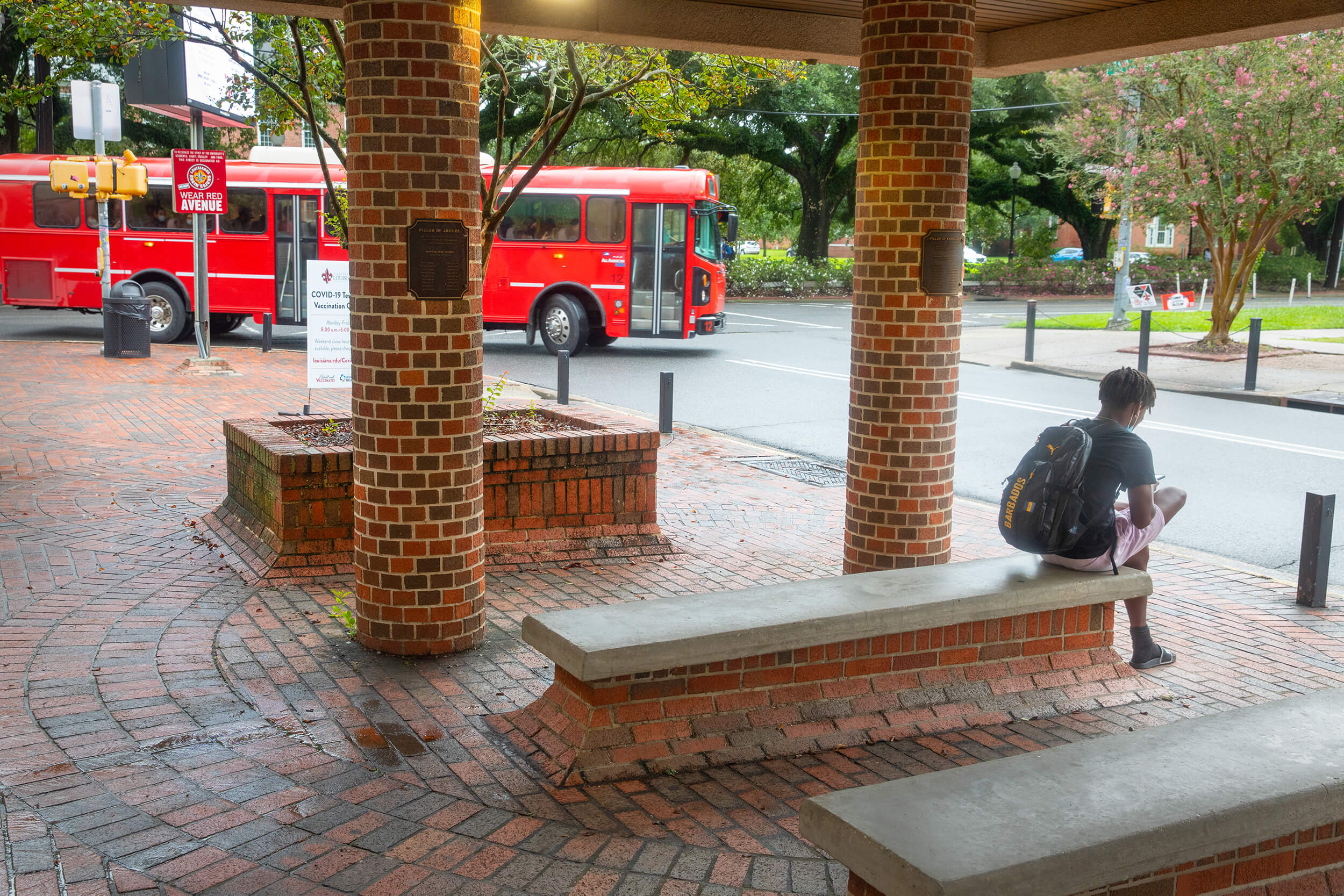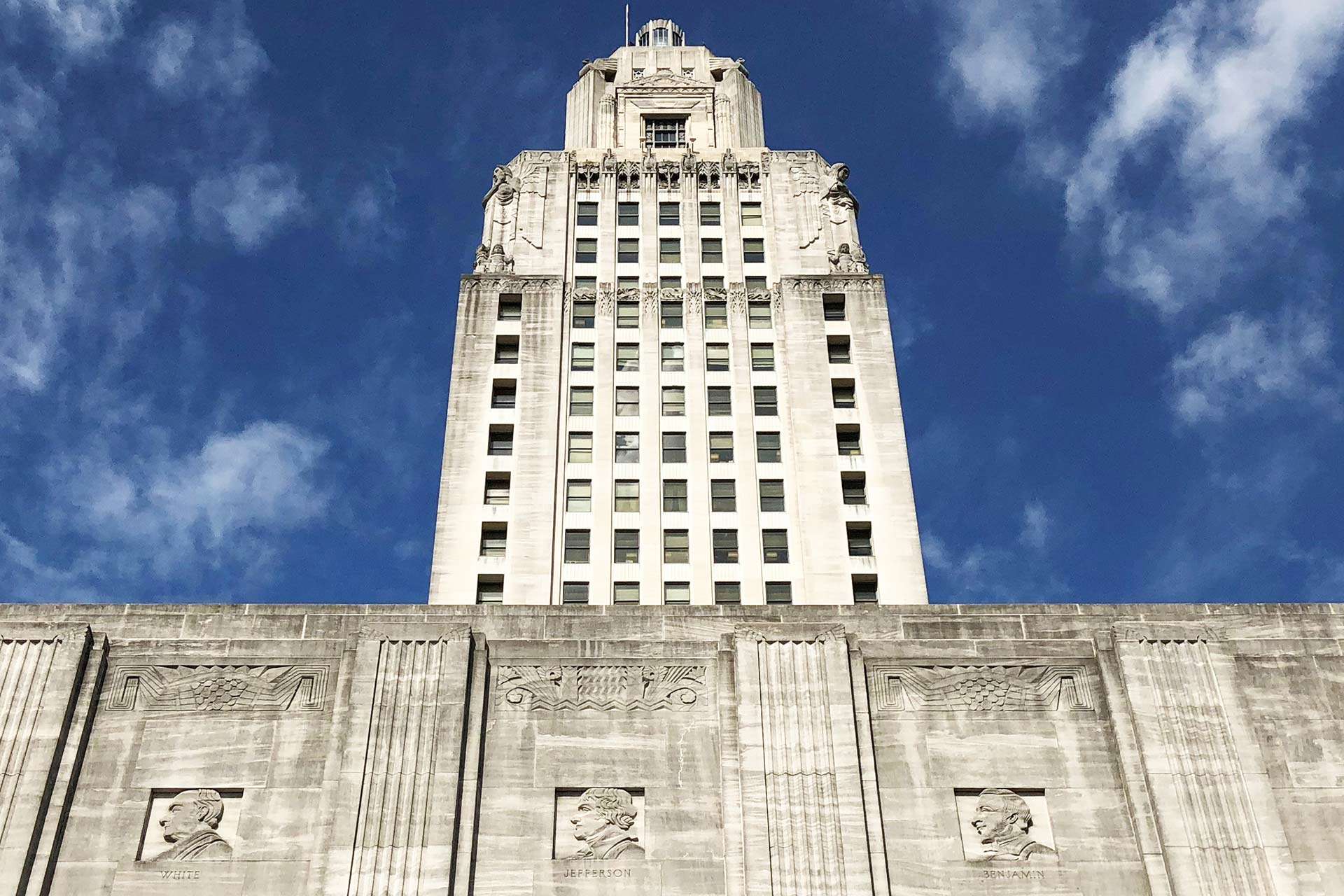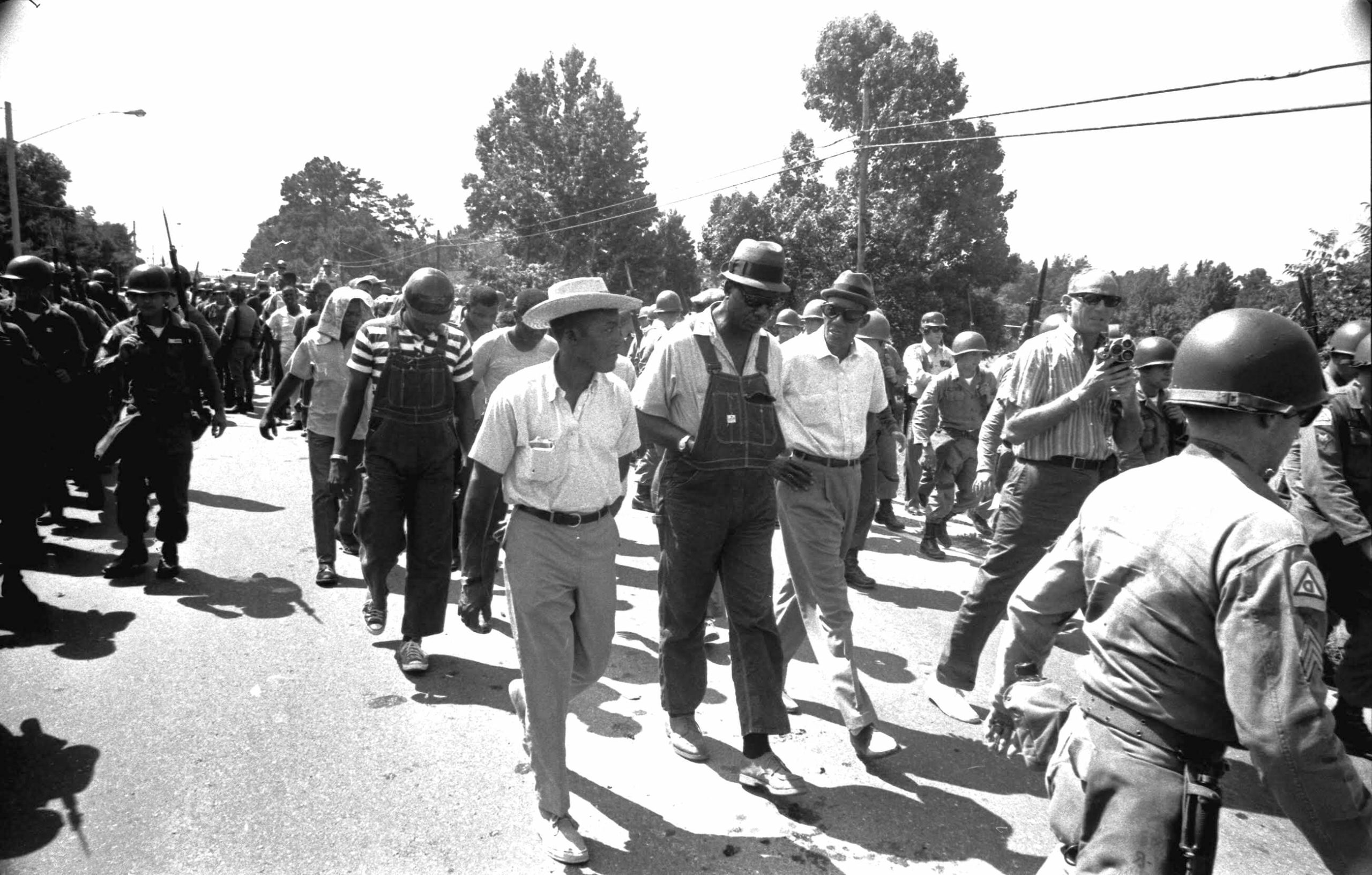On September 15, 1953, before the landmark court case of Brown v. Board of Education, Clara Dell Constantine, Martha Jane Conway, Charles Vincent Singleton and Shirley Taylor attempted to enroll at Southwestern Louisiana Institute (SLI), now known as the University of Louisiana at Lafayette. They were denied, due to their race. On their behalf, attorney Thurgood Marshall, a future appointee to the U.S. Supreme Court, and attorney and civil rights pioneer A.P. Tureaud filed a class-action complaint in U.S. District Court for the Western District of Louisiana on January 4, 1954, seeking admission to the all-white school.
A panel of three judges ruled in favor of the plaintiffs. On July 16, 1954, the court issued a judgment that permanently prohibited SLI from refusing to admit students on the basis of race or color. Six days after the lawsuit was won, John Harold Taylor became the first student to enroll. That fall, 80 Black students registered for classes, including the four plaintiffs in Constantine v. SLI. Trying times lay ahead. Desegregation was accomplished without the violence that would come later when other Southern schools admitted Black students for the first time.
To mark this milestone’s 50th anniversary, the University of Louisiana at Lafayette dedicated its Pillars of Progress Memorial in 2004. The memorial pays tribute to SLI’s first Black students, and the names of each appear on four pillars that represent the principles of courage, faith, knowledge and justice. One of the memorial’s accompanying plaques lauds the students as “four who would change Southwestern forever,” who “would bravely blaze a path for others to follow.”
The university later led the way in the desegregation of Louisiana college athletics when, in 1966, it added three Black student athletes to its basketball team. Two years later, Black student athletes joined the football team.









